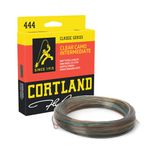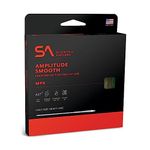10 bestFly Linesof December 2025
112M consumers helped this year.
1
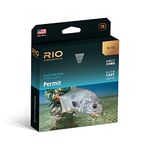
RIO Elite Permit Fly Line - WF8
Rio

9.9
2

Rio Premier Rio Gold, Moss/Gold, WF7F
Rio

9.8
3
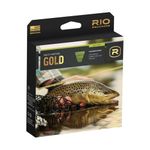
Rio Elite Rio Gold, WF5F
Rio

9.7
4
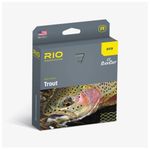
RIO AVID Trout Gold Fly Line - WF5
Rio

9.5
5
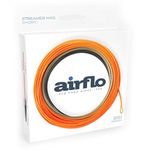
Airflo Superflo Streamer Max Short Sinking Fly Line - Ridge 2.0 (WF9)
Airflo

9.3
OtherUp to 8% off
6

Scientific Anglers Fly Line, Amplitude Smooth Infinity, Optic Green, WF-5-F
Scientific Anglers

9.1
7
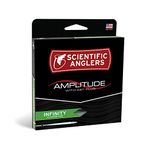
Scientific Anglers SA Amplitude Infinity Fly Line - WF6F
Scientific Anglers

8.8
8
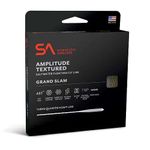
Scientific Anglers Amplitude Grand Slam Taper Fly Line Wf8F
Scientific Anglers

8.6
9

Cortland 444 Floating Double Taper Peach Fly Line 27.5m - DT6
Cortland

8.4
10
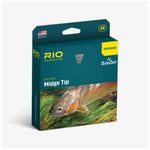
RIO Premier Midge Tip Fly Line - WF7 - Intermediate Tip
Rio

8.1
A Guide to Selecting the Best Fly Lines
Choosing the right fly line is crucial for a successful fly fishing experience. The fly line is the connection between you and the fish, and it plays a significant role in casting, presentation, and ultimately, catching fish. When selecting a fly line, consider the type of fishing you plan to do, the species you are targeting, and the conditions you will be fishing in. Understanding the key specifications of fly lines will help you make an informed decision that enhances your fishing experience.
Line Weight
Line weight is a measure of the thickness and heaviness of the fly line, and it is crucial because it needs to match the weight of your fly rod for optimal performance. Line weights are typically numbered from 1 to 14, with lower numbers indicating lighter lines and higher numbers indicating heavier lines. Lighter lines (1-4) are suitable for small fish and delicate presentations, while medium lines (5-7) are versatile for a range of conditions and fish sizes. Heavier lines (8-14) are used for large fish and casting in windy conditions. Choose a line weight that matches your rod and the type of fishing you plan to do.
Line Taper
Line taper refers to the way the fly line's diameter changes along its length, affecting how it casts and presents the fly. The main types of tapers are weight forward, double taper, and shooting taper. Weight forward lines have more weight at the front, making them easier to cast over long distances and in windy conditions. Double taper lines are symmetrical and offer delicate presentations, ideal for short to medium distances. Shooting tapers are designed for maximum distance casting. Consider the type of water and fish you are targeting to choose the right taper for your needs.
Line Density
Line density determines whether the fly line floats or sinks, which is important for presenting your fly at the right depth. Floating lines are used for surface or near-surface fishing, making them ideal for dry flies and topwater action. Sinking lines are designed to get your fly deeper in the water column, useful for nymphs and streamers. Intermediate lines sink slowly and are versatile for various depths. Choose a line density based on the type of flies you use and the depth at which you want to fish.
Line Length
Line length affects how much line you can cast and how you manage it on the water. Standard fly lines are usually around 90 to 100 feet long, which is sufficient for most fishing situations. Longer lines can be beneficial for casting longer distances or when fishing in large bodies of water. However, they can be more challenging to manage. Consider the typical casting distances and water bodies you fish in to determine the appropriate line length for your needs.
Line Color
Line color can influence visibility for both the angler and the fish. Brightly colored lines are easier for anglers to see, which can be helpful for tracking the line and detecting strikes. However, in clear water, they may be more visible to fish, potentially spooking them. Neutral or camouflaged colors are less visible to fish but can be harder for the angler to see. Choose a line color based on the water clarity and your personal preference for visibility.
Best Reviews Guide Newsletter
Get exclusive articles, recommendations, shopping tips, and sales alerts
Sign up for our newsletter to receive weekly recommendations about seasonal and trendy products
Thank you for subscribing!
By submitting your email address you agree to our Terms and Conditions and Privacy Policy
